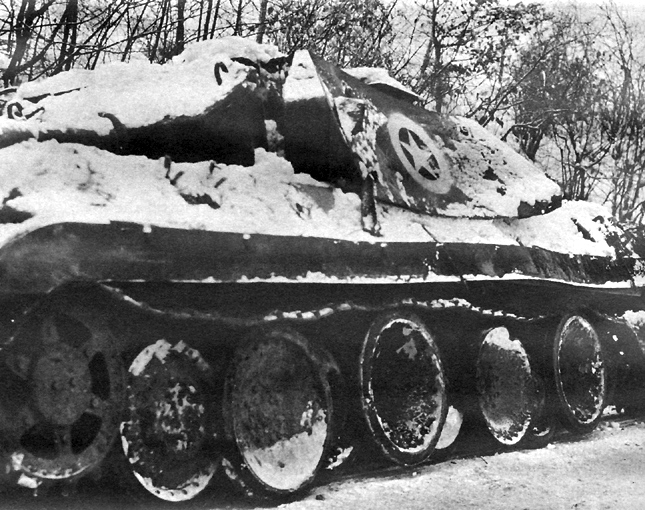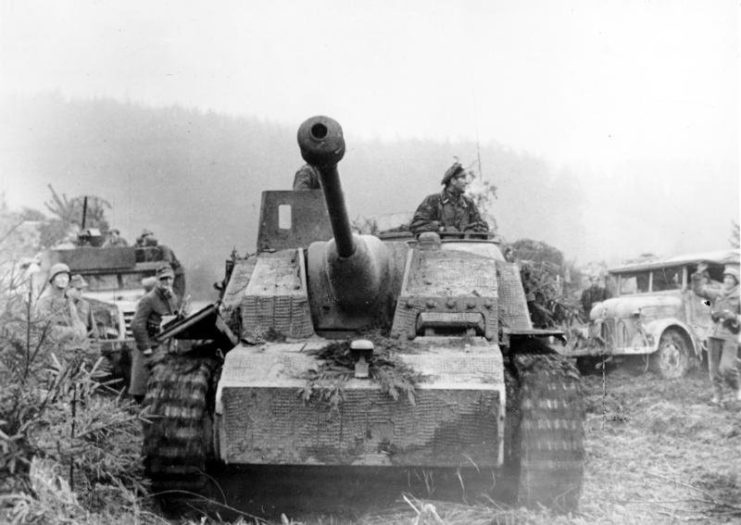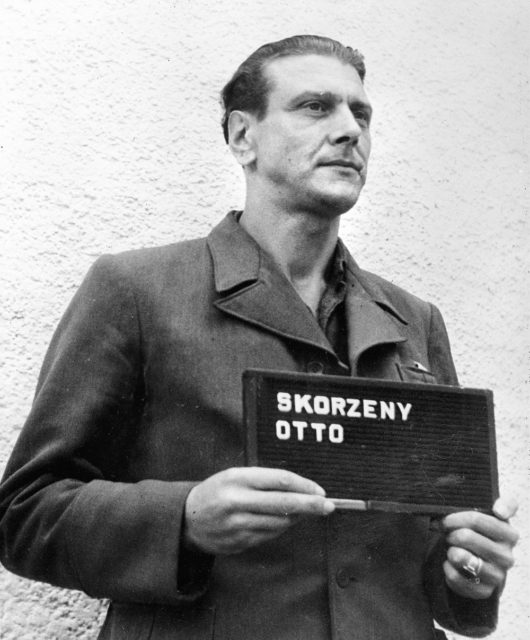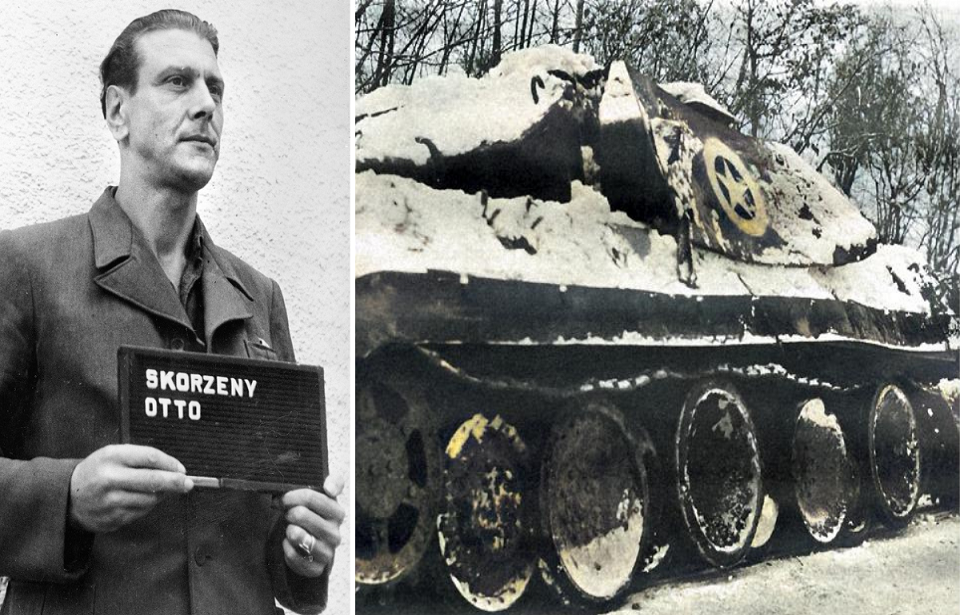Deception is a useful and common military tactic. It can be used to confuse your enemy, feed them incorrect information so they make flawed plans, or simply to help cover up a retreat. Depending on the exact form of deception being carried out, it can border on, or even become, a war crime. During the Ardennes Offensive in 1944, the Germans walked this fine line when they dressed up their tanks to look like American ones.
Operation Greif

The Ardennes Offensive was the Führer‘s last major attempt to regain the advantage against the Allies, with masses of men and equipment being gathered to make this happen. Powerful tanks like the Jagdtiger and Tiger II saw relatively widespread use in the offensive.
To assist the offensive, the Führer came up with Operation Greif, the goal of which was to capture bridges over the Meuse river before the Allies destroyed them. Otto Skorzeny was selected to command the operation, as he had proven his abilities before and was trusted by the Führer to get the job done.
Skorzeny was a Waffen-SS commando that was involved in a number of successful and prominent missions. At 6 feet 4 inches tall and 250 lbs, Skorzeny was a physically formidable man and was well respected in the High Command.
The Führer briefed Skorzeny on the mission, informing him that he would lead German troops dressed in British and American uniforms while driving Allied vehicles. He believed that the operation could be completed more easily this way, and cause great confusion in the Allied lines.
However, for Skorzeny, who was aware that this could be categorized as a war crime under the Hague Convention of 1907, this was no walk in the park. If any of his troops were captured they could be executed as spies. This caused some debate among high-ranking German officials.
But the Führer‘s plan went ahead, so Skorzeny got to work assembling his force.
Panzer Brigade 150

Skorzeny’s force was called Panzer Brigade 150 and was comprised of troops from the Heer, Waffen SS, Luftwaffe, and the Kriegsmarine. To pull the mission off, Skorzeny wanted 3,300 men and 15 Allied tanks, 120 trucks, 20 self-propelled guns, 40 motorcycles, 20 armored cars, and 100 jeeps.
The request for English and American-speaking German troops was sent all over Europe. Meanwhile, the Western Front high command was tasked with gathering the equipment.
But this was late-war Germany and Skorzeny received much less than he had desired; only two captured Sherman tanks and around 200 men. Just 10 were able to speak perfect British or American English. In addition, much of the equipment that arrived was Soviet, as there was confusion over the exact vehicles and kit needed.
Over time though, Skorzeny was able to assemble a force of 15 Allied trucks, 30 Allied jeeps, five Panther tanks, and 2,500 men, with 150 of the best English speakers formed into a commando unit.
To make up for the lack of Allied vehicles, Skorzeny disguised German equipment. Most notably with his Panthers.
As the Panther shared very little resemblance to the Sherman, they were disguised as M10 tank destroyers instead. To do this, the commander’s cupola and bow gun were removed, as was the 75 mm main gun’s distinct muzzle brake. Sheet metal was applied to the hull and turret that gave the Panthers a more convincing shape. The tanks were finished with a coat of olive drab paint and white stars.
Results
Panzer Brigade 150 planned to go into action on the same day as the Battle of the Bulge began but the 1st SS Panzer Division was late, causing Operation Grief to miss its brief window. Skorzeny attended a conference at the 6th Panzer Army’s HQ on December 17 and it was decided that Panzer Brigade 150 would be used as a normal unit. As the disguised Panthers were used alongside German equipment they were quickly identified and destroyed by the Allies.
Skorzeny’s men failed to achieve their original objective, but they still caused havoc among the Allies, as a “spy fright” swept through their lines. Everyone became suspicious of each other, and American troops started asking each other extremely specific USA-related questions to ensure they weren’t one of Skorzeny’s disguised men.
This actually resulted in a number of friendly fire incidents by jumpy servicemen.
Skorzeny survived the war and was tried as a war criminal at the Dachau Trials for his actions during the Battle of the Bulge.

New! Want to become a trivia master? Sign up for our War History Fact of the Day newsletter!
Skorzeny was eventually acquitted as there was no evidence to show Skorzeny had ordered his men to fight the Allies while in disguise.
